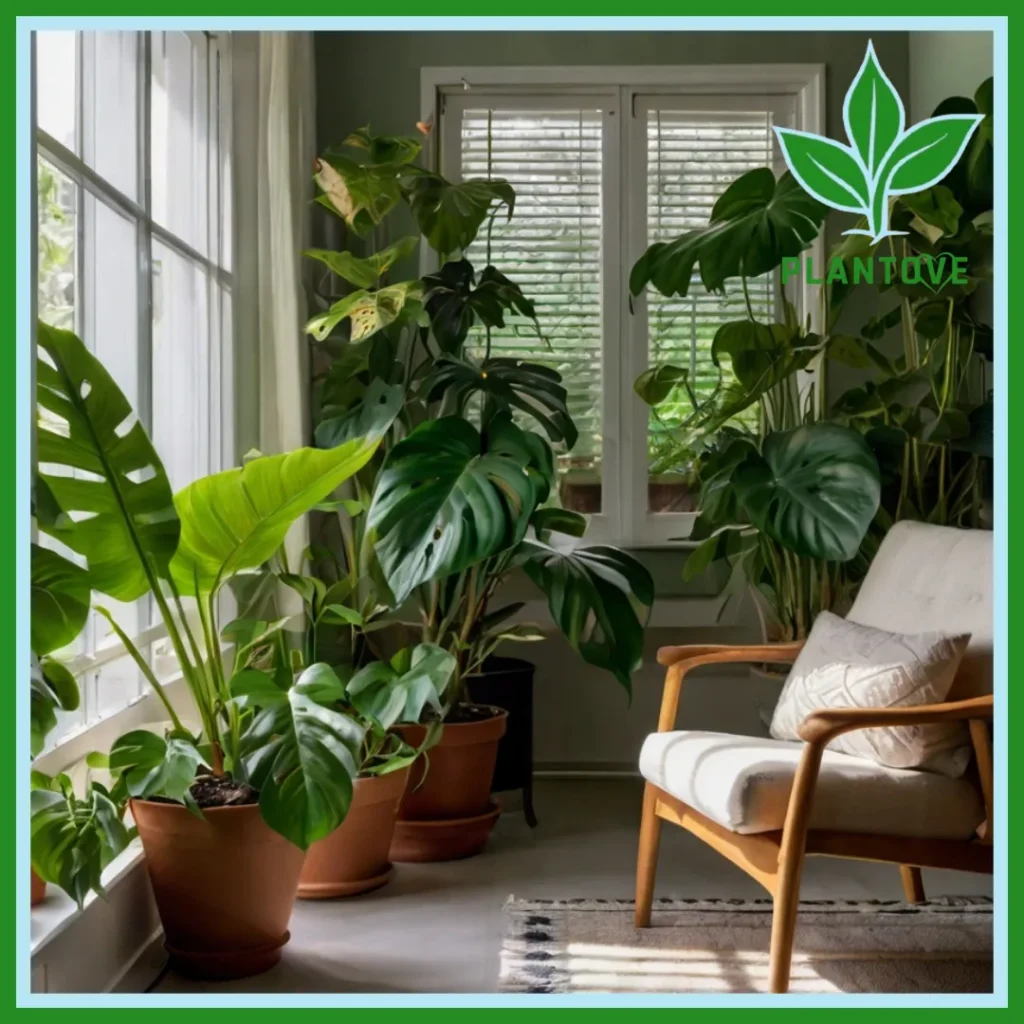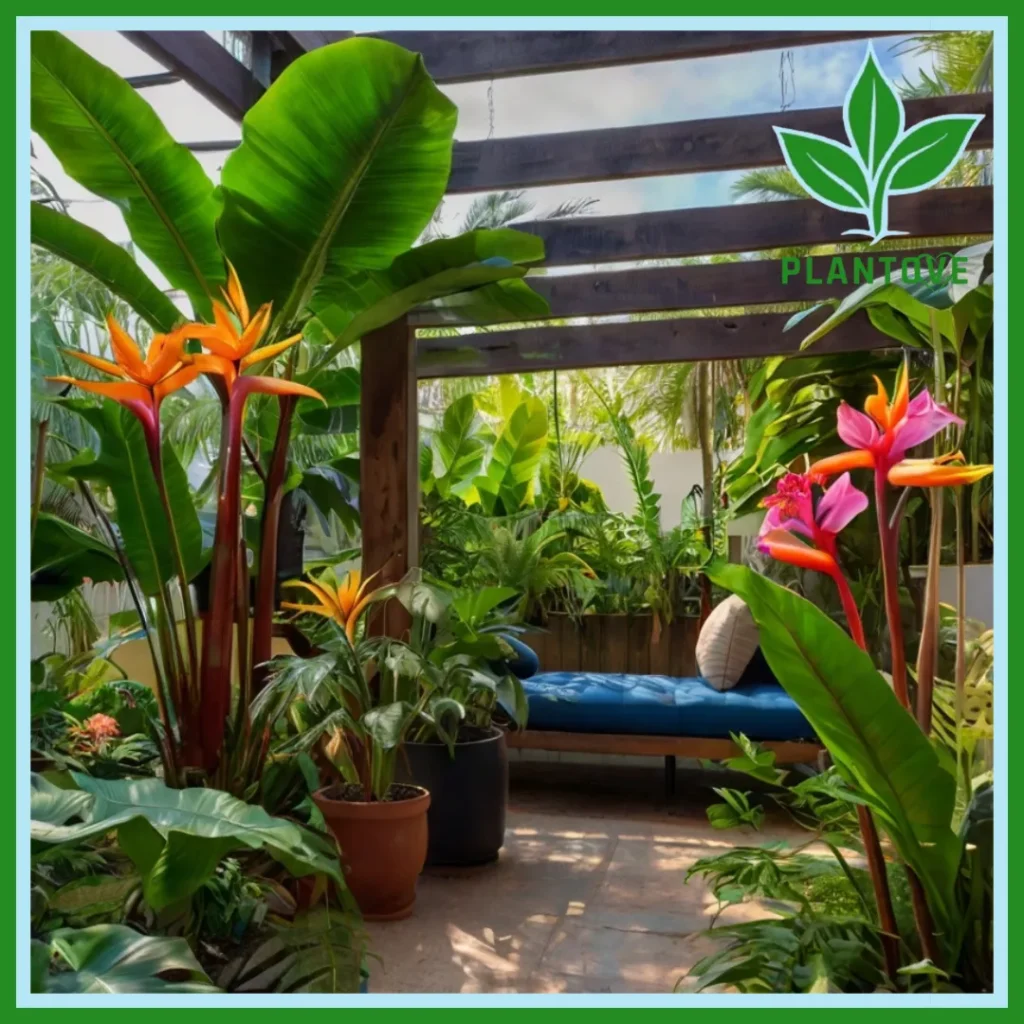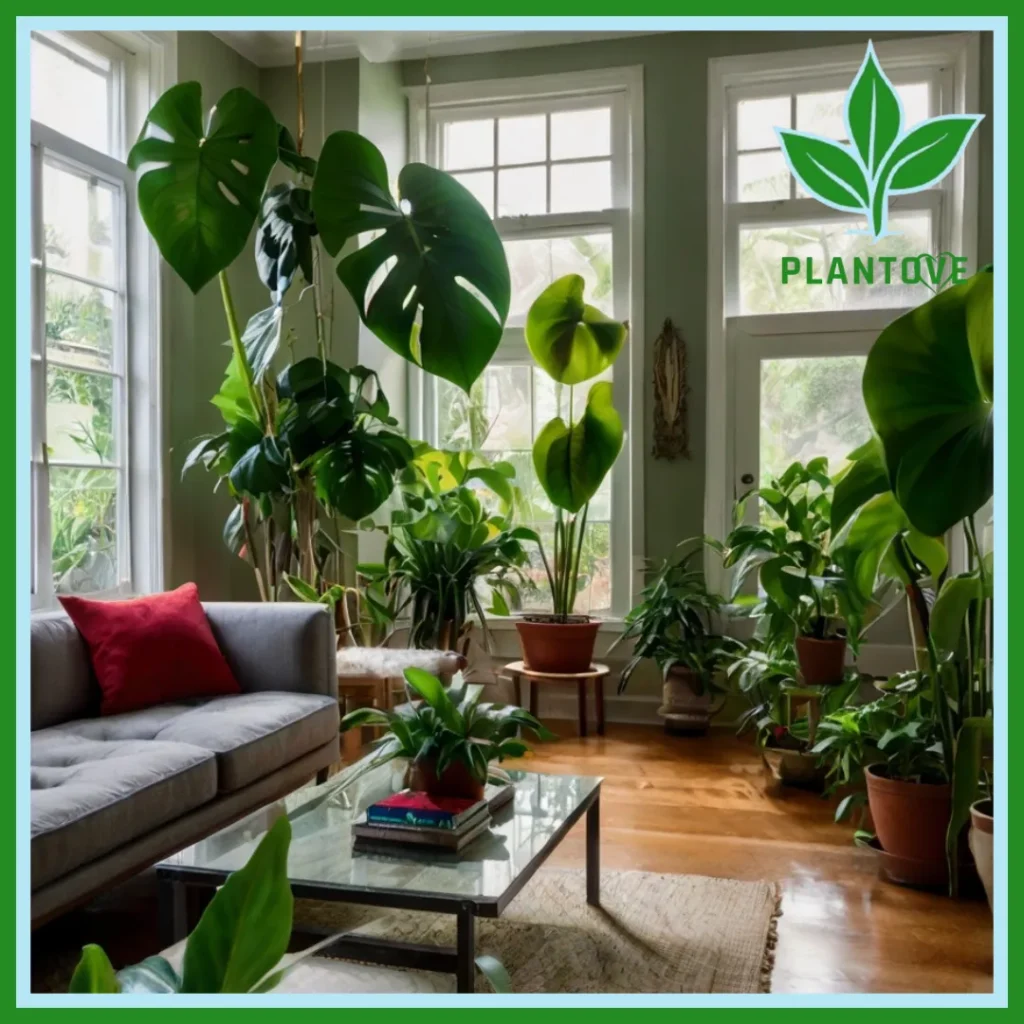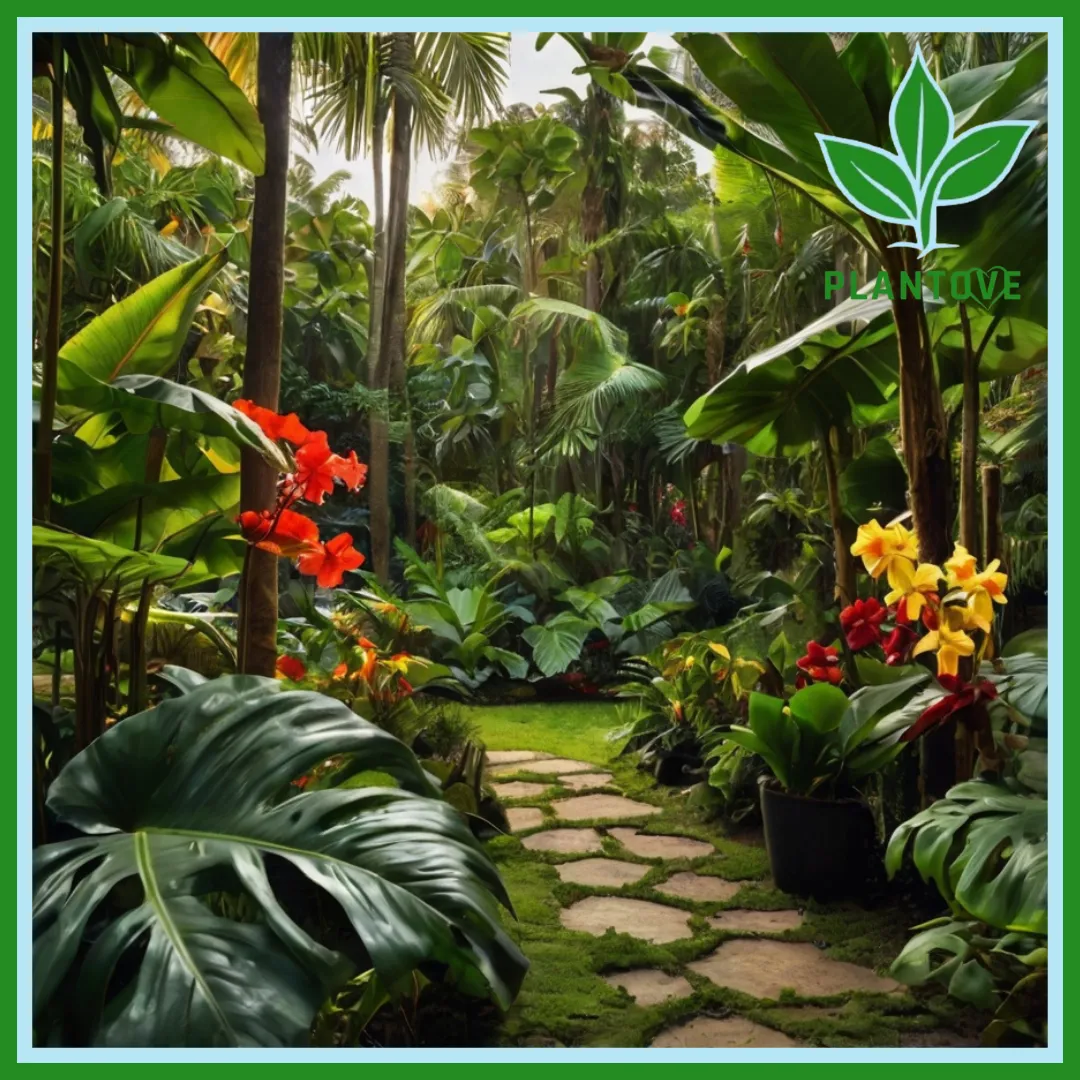Tropical plants bring an exotic touch to any garden or home, admired for their lush foliage, vibrant colors, and unique shapes. Whether you’re looking to enhance your indoor decor or transform your outdoor space into a tropical oasis, tropical plants offer versatility and beauty. This article delves into everything you need to know about tropical plants, including popular species, care tips, and how to make them thrive in different environments.
What Are Tropical Plants?
Tropical plants originate from the warm, humid climates found near the equator. They are native to regions like South America, Africa, Southeast Asia, and the Pacific islands. These plants typically thrive in conditions with high humidity, steady temperatures, and plenty of rainfall.
Tropical plants are loved for their exotic appearance, featuring large, vibrant leaves, bold flowers, and unique forms. From towering palms to delicate ferns, they offer a variety of textures and colors that can instantly elevate the aesthetics of any space.
Types of Tropical Plants
1. Indoor Tropical Plants

Tropical plants are not only for outdoor gardens but can also thrive indoors if given the proper care. Some popular tropical plants for indoor settings include:
- Monstera Deliciosa: Known for its distinctive split leaves, Monstera is a popular choice for indoor settings. It prefers indirect light and high humidity.
- Philodendron: With its heart-shaped leaves, the Philodendron is an easy-care indoor plant that adds a lush, green touch to any room.
- Bird of Paradise: This plant produces striking, bird-shaped flowers and thrives in bright, indirect sunlight.
- Fiddle Leaf Fig: With its large, glossy leaves, the Fiddle Leaf Fig is a trendy houseplant that can grow several feet tall indoors.
- Peace Lily: Known for its air-purifying qualities, the Peace Lily produces white flowers and can thrive in low-light conditions.
2. Outdoor Tropical Plants

For those living in warm climates, outdoor tropical plants can create a lush, garden paradise. Some tropical plants thrive in outdoor spaces with ample sunlight and humidity. These include:
- Hibiscus: Known for its large, colorful blooms, Hibiscus is a classic tropical plant for outdoor gardens.
- Banana Plant: Although it’s known for its fruit, the Banana plant also makes a striking addition to any tropical garden with its large, vibrant leaves.
- Palm Trees: Varieties such as the Queen Palm or Sago Palm add height and a tropical vibe to any outdoor landscape.
- Heliconia: Known for its unique, brightly colored flowers, Heliconia is a standout in any tropical garden.
Tropical Plants Names
Here are some common tropical plant names that can be grown indoors and outdoors:
- Monstera
- Philodendron
- Bird of Paradise
- Hibiscus
- Banana Plant
- Palm Trees (such as Areca Palm or Sago Palm)
- Fiddle Leaf Fig
- Peace Lily
- Heliconia
These tropical plants vary in their care requirements but share a need for warmth and humidity to thrive.
Benefits of Tropical Plants
1. Improving Indoor Air Quality
Many tropical plants are known for their air-purifying properties. Plants like the Peace Lily, Snake Plant, and Monstera can help remove toxins such as formaldehyde, benzene, and carbon monoxide from indoor air, making your home healthier.
2. Aesthetic Appeal
Tropical plants are famous for their exotic and vibrant appearances. Their large leaves and bold flowers can create an immediate visual impact, making them popular choices for both indoor decor and outdoor landscaping.
3. Stress Reduction and Mental Health Benefits
Indoor tropical plants can create a calming environment that promotes relaxation and reduces stress. The lush greenery and connection to nature have been shown to improve mood and productivity, especially in indoor spaces.
How to Care for Tropical Plants
While tropical plants are relatively easy to care for, they have specific needs when it comes to temperature, humidity, water, and sunlight. Understanding these requirements will ensure that your plants stay healthy and vibrant.
1. Light Requirements
Tropical plants generally thrive in bright, indirect sunlight. However, some species are more tolerant of low-light conditions, making them ideal for indoor environments. For outdoor tropical plants, full sun exposure is often necessary, but some, like ferns, prefer partial shade.
2. Watering Needs
Tropical plants require consistent moisture but should not be overwatered. Most tropical plants prefer their soil to be slightly moist but not soggy. It’s essential to allow the top inch of soil to dry out between waterings. Plants like ferns require more frequent watering, while succulents and cacti thrive with less water.
3. Humidity and Temperature
Since tropical plants are native to humid environments, they require high humidity levels, especially indoors. Placing a humidifier near your plants or misting them regularly can help maintain the right humidity. Tropical plants thrive in temperatures between 65°F and 85°F, making them ideal for both indoor and outdoor growth in warmer climates.
4. Fertilizing
Tropical plants benefit from regular feeding during the growing season (spring and summer). Use a balanced, water-soluble fertilizer to encourage healthy growth and vibrant foliage.
5. Pruning and Maintenance
Prune tropical plants regularly to remove dead or yellowing leaves, which can prevent pests and diseases. Pruning also helps promote new growth and keeps plants looking their best.
Low Maintenance Outdoor Tropical Plants
If you’re looking for tropical plants that are low maintenance, consider the following:
- Philodendron: Easy to care for and thrives in both indoor and outdoor environments.
- Snake Plant: Known for its resilience, the Snake Plant is drought-tolerant and requires minimal attention.
- Pothos: This trailing plant is perfect for hanging baskets or as ground cover and requires minimal care.
- Areca Palm: This palm tree adds a tropical touch to any garden and requires little more than regular watering and occasional fertilizing.
- Bird of Paradise: Although it prefers bright sunlight, the Bird of Paradise is relatively low-maintenance once established.
Styling and Designing with Tropical Plants

Tropical plants can be used creatively to enhance the aesthetic appeal of both indoor and outdoor spaces. Here are some ideas for styling and designing with tropical plants:
1. Indoor Plant Styling
- Hanging Baskets: Use trailing tropical plants like Pothos or Philodendron in hanging baskets to create vertical greenery indoors.
- Statement Plant: Place a large tropical plant like a Monstera or Fiddle Leaf Fig in a stylish pot in the corner of a room for a striking focal point.
- Grouping: Combine different tropical plants with various leaf shapes, sizes, and colors to create an indoor jungle.
- Shelving: Add small tropical plants such as succulents or ferns on shelves to brighten up your space.
2. Outdoor Tropical Garden Design
- Layering: Create depth by layering different heights of tropical plants, from low ground covers to tall palms.
- Pathways: Use tropical plants to line garden pathways, creating a lush, jungle-like feel.
- Container Gardens: Grow tropical plants in large containers and place them on patios or decks for a pop of greenery.
- Focal Points: Plant bold, eye-catching tropical plants like Hibiscus or Bird of Paradise as focal points in your garden.
Common Problems and Solutions with Tropical Plants
Tropical plants are generally easy to care for, but they can sometimes face challenges. Here are some common issues and how to address them:
1. Yellowing Leaves
Yellowing leaves can result from overwatering or underwatering. Ensure that the plant is receiving the correct amount of water, and check that the soil is draining well.
2. Pest Infestations
Common pests for tropical plants include spider mites, aphids, and mealybugs. Use insecticidal soap or neem oil to treat infestations. Regularly inspect your plants for pests to catch any issues early.
3. Brown Leaf Edges
Brown leaf edges may indicate low humidity levels. Mist your plants regularly or use a humidifier to maintain higher humidity around tropical plants.
Conclusion
Tropical plants are a fantastic way to add vibrant color and lush greenery to both indoor and outdoor spaces. With the right care, they can thrive in various environments and provide numerous benefits, from improving air quality to creating a relaxing atmosphere. Whether you’re a beginner or an experienced gardener, incorporating tropical plants into your home or garden can transform your space into an exotic oasis.
Start small with low-maintenance plants like Snake Plants or Pothos, or go bold with a towering Monstera or Bird of Paradise. Whatever your preference, tropical plants offer endless possibilities for beautifying your space.

